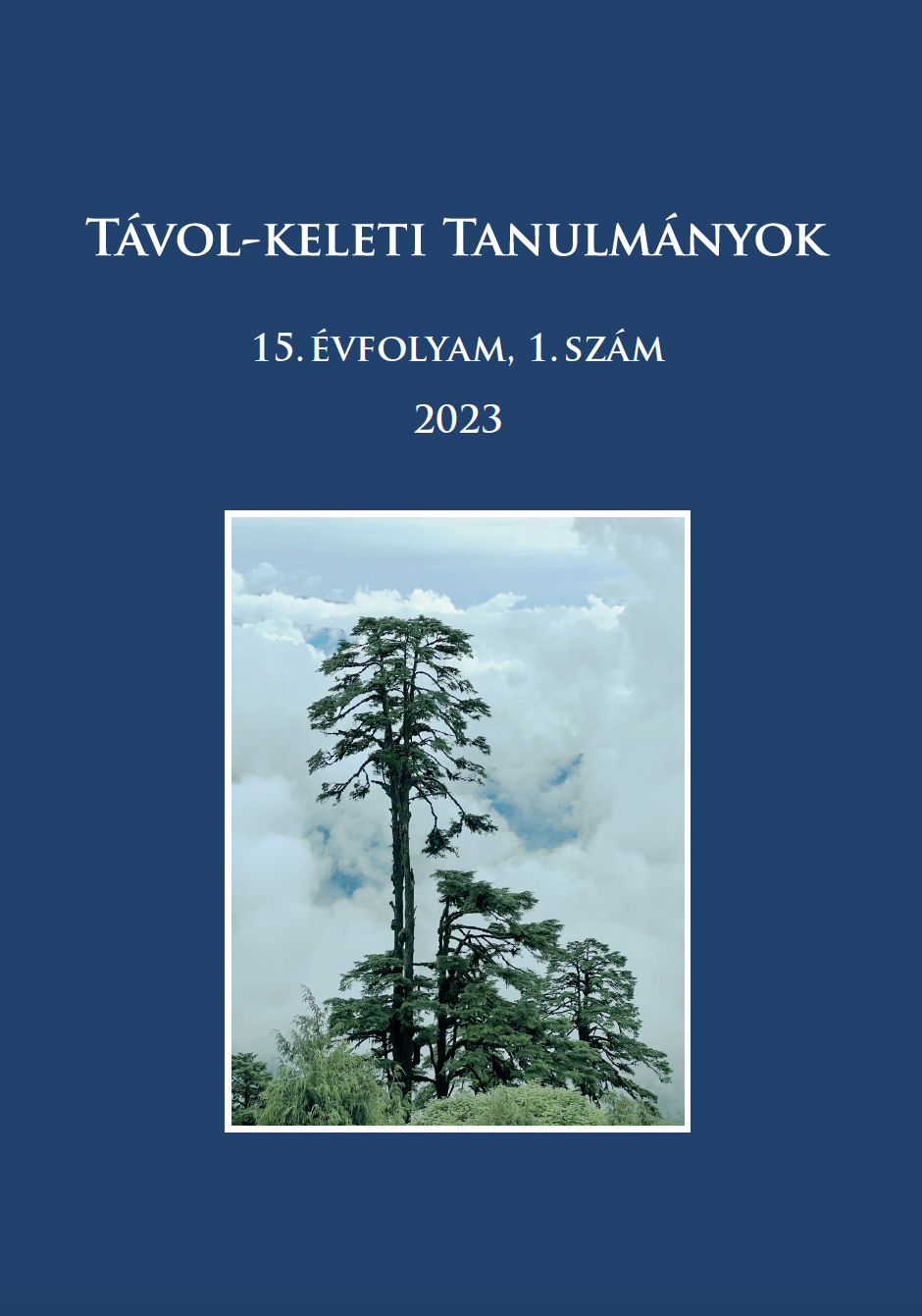A wu 巫 („sámán”) karakter jelentésének változása a Shang-dinasztiától a Han-dinasztiáig
The shifting meaning of the character wu 巫 ('shaman') from the Shang dynasty to the Han dynasty
Author(s): István OlajosSubject(s): Theology and Religion
Published by: Eötvös Loránd Tudományegyetem
Summary/Abstract: The present study’s main goal is—by means of examining the character wu 巫 (shaman)—to gain a deeper understanding of this rather peculiar type of religious practitioner of early China. In academic circles, a great number of heated debates has already taken place concerning various topics regarding the wu and their presumed analogy. This paper, however, does not seek to take sides in this dispute and instead attempts to define the wu character independently, detached from the Siberian archetype. With the assistance of written records from ancient China, the author carries out the wu character’s etymological analysis—which is rarely conducted—and examines the contextual and structural features of the script chronologically, from the oracle-bone inscriptions (jiaguwen 甲骨文) to the wu article of the Shuowen jiezi 說文解字. This text analysis reveals a significant semantic alteration of wu from the time of the oracle-bone inscriptions to that of the Zhou era 周代 (1046–256 BCE) texts. In the former, the wu character does not usually denote a person or, if it does, it is a person with a very low status. On the contrary, Zhou-period texts frequently depict wu as a high-ranking official or in later Zhou times, as a person that is often associated with death, disasters, and demonical activities. Wu’s semantic differences are linked by the Shuowen jiezi, which—although rather vaguely—traces the character’s origin to the figure of a dancing woman who seduces spirits, meanwhile also referring to wu as a kind of carpentry tool (i.e., not as a person). The present research analyses and connects these different interpretations and utilises the Shuowen jiezi’s etymological references to shed light on the wu character’s possible origins. As a result, it provides a more comprehensive picture of this peculiar type of religious person who performed various unique activities in ancient China.
Journal: Távol-keleti Tanulmányok
- Issue Year: 15/2023
- Issue No: 1
- Page Range: 145-182
- Page Count: 38
- Language: Hungarian

